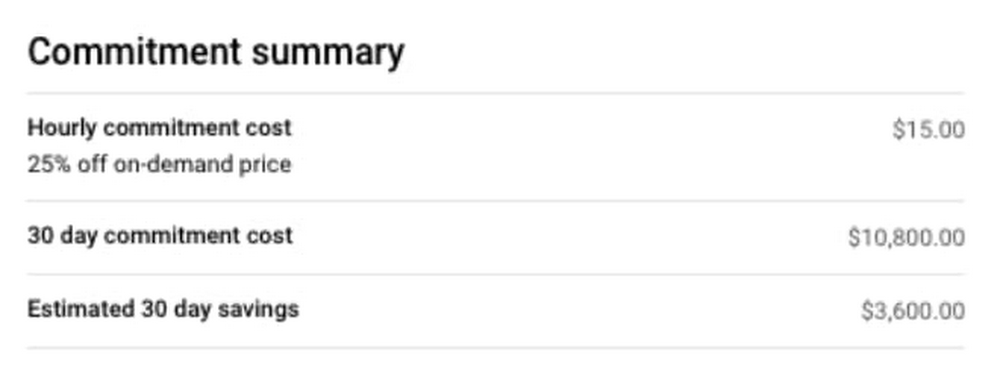

Use the Stackdriver Logging export feature to create a sink to BigQuery. Create a Cloud Dataflow job that imports log files from Cloud Storage to BigQuery.Į. Use the Stackdriver Logging export feature to create a sink to Cloud Storage. Deploy the add-on to your Kubernetes Engine cluster.ĭ. Develop a custom add-on that uses Cloud Logging API and BigQuery API.

Turn on Stackdriver Monitoring during the Kubernetes Engine cluster creation.Ĭ. Turn on Stackdriver Logging during the Kubernetes Engine cluster creation.ī. You want to follow Google-recommended practices. All container logs must be stored in BigQuery for later analysis. You are creating a Kubernetes Engine cluster to deploy multiple pods inside the cluster. Configure the instance group as the Backend Service of an HTTP load balancer.Īnswer: C is correct because a managed instance group can use an instance template to scale based on HTTP traffic.ĩ. Create an unmanaged instance group and add the instances to that instance group. Create the necessary amount of instances required for peak user traffic based on the instance template. Configure autoscaling based on HTTP traffic and configure the instance group as the backend service of an HTTP load balancer.ĭ. Create a managed instance group based on the instance template.

Create an App Engine application in Automatic Scaling mode that forwards all traffic to the VM.Ĭ. Create an HTTP load balancer and add the Cloud Storage bucket as its backend service.ī. Create a custom image from the VM’s disk. You are asked to deploy the application so that it can scale based on the HTTP traffic it receives. You have a definition for an instance template that contains a web application. Answer: B is correct because buckets can be multi-regional and have lifecycle management.Ĩ.


 0 kommentar(er)
0 kommentar(er)
